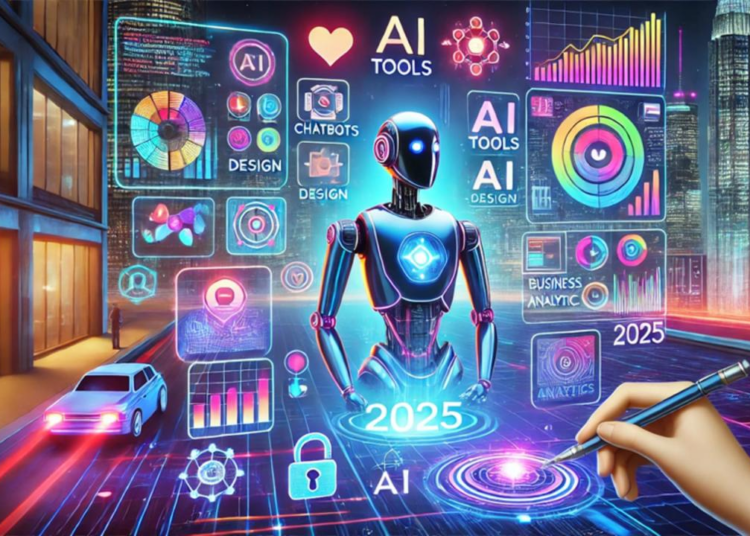Artificial intelligence (AI) is no longer a buzzword—it’s a game-changing force that is revolutionizing the future of industries across the globe. As we enter 2025, AI is becoming an integral part of our daily lives, workplaces, and creative pursuits. From automating mundane tasks to transforming entire business processes, AI tools and platforms are revolutionizing the way we work, innovate, and interact. In this article, we’ll explore the top AI tools and platforms that everyone should be familiar with in 2025.
1. OpenAI: The Backbone of AI Innovation
As the developers of ChatGPT, OpenAI remains one of the most dominant platforms for AI development. Their models are leading the field of natural language processing (NLP), making everything from conversational bots to automated content generation and advanced problem-solving possible. With their GPT-4 and future iterations, OpenAI is likely to establish new benchmarks in AI-augmented applications, enhancing communication, decision-making, and productivity.
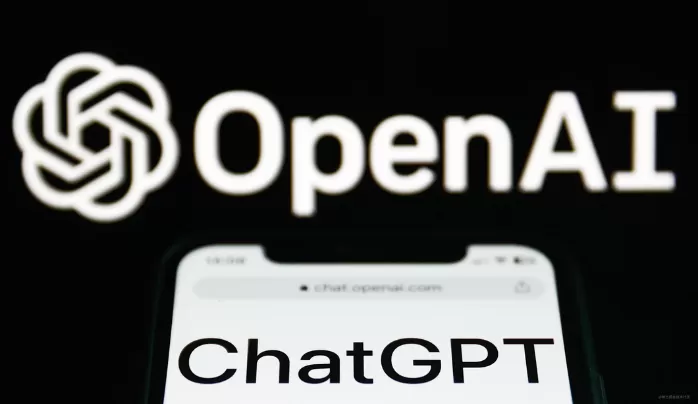
Key Features:
- Natural Language Understanding for conversational AI.
- Advanced Text Generation skills for writing, coding, and content creation.
- Multimodal skills (image and text comprehension).
- Integration with several applications via API.
2. TensorFlow: The Developers’ AI Framework
For anyone seeking to develop their own AI models, TensorFlow is a name they should be familiar with. Developed by Google, TensorFlow is an open-source platform that allows machine learning models to be created and trained. Its flexibility allows developers to build deep learning models and deploy them on various platforms, from smartphones to enterprise systems.

Key Features:
- Highly customizable architecture for diverse AI models.
- Pre-trained models to accelerate AI development.
- Optimized for cloud-based and on-premises deployment.
TensorFlow remains one of the most stable and dependable platforms for AI development, especially in deep learning and machine learning.
3. IBM Watson: AI for Business Solutions
IBM Watson has been a trendsetter when it comes to AI-based enterprise solutions. Watson in 2025 is still at the vanguard of sectors like healthcare, finance, and customer support. The key to Watson’s success has been actionable intelligence and automation offerings that are tailor-made for businesses of any scale.
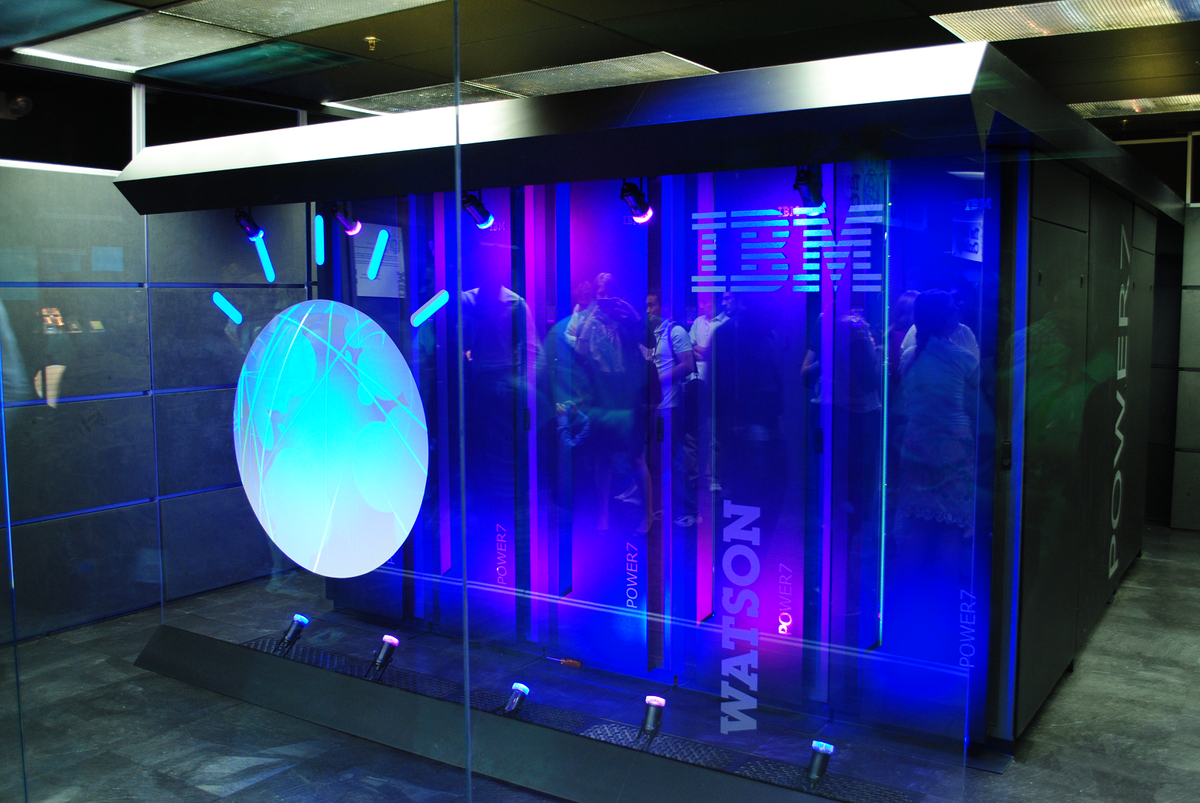
Major Features:
- Natural language processing to optimize customer engagement.
- AI-driven analytics to ease decision-making.
- Industry-specific tools, particularly in the case of healthcare and finance.
IBM Watson’s advanced data analysis and AI capabilities make it a valuable asset for companies looking to implement AI in business optimization.
4. Microsoft Azure AI: The Cloud AI Platform
Microsoft Azure has become a comprehensive cloud-based platform for AI and machine learning solutions. With products like Azure Machine Learning, it allows users to build, train, and deploy machine learning models at scale. Azure AI is particularly renowned for its compatibility with Microsoft products like Office 365 and Power BI, making it an ideal choice for businesses already within the Microsoft ecosystem.
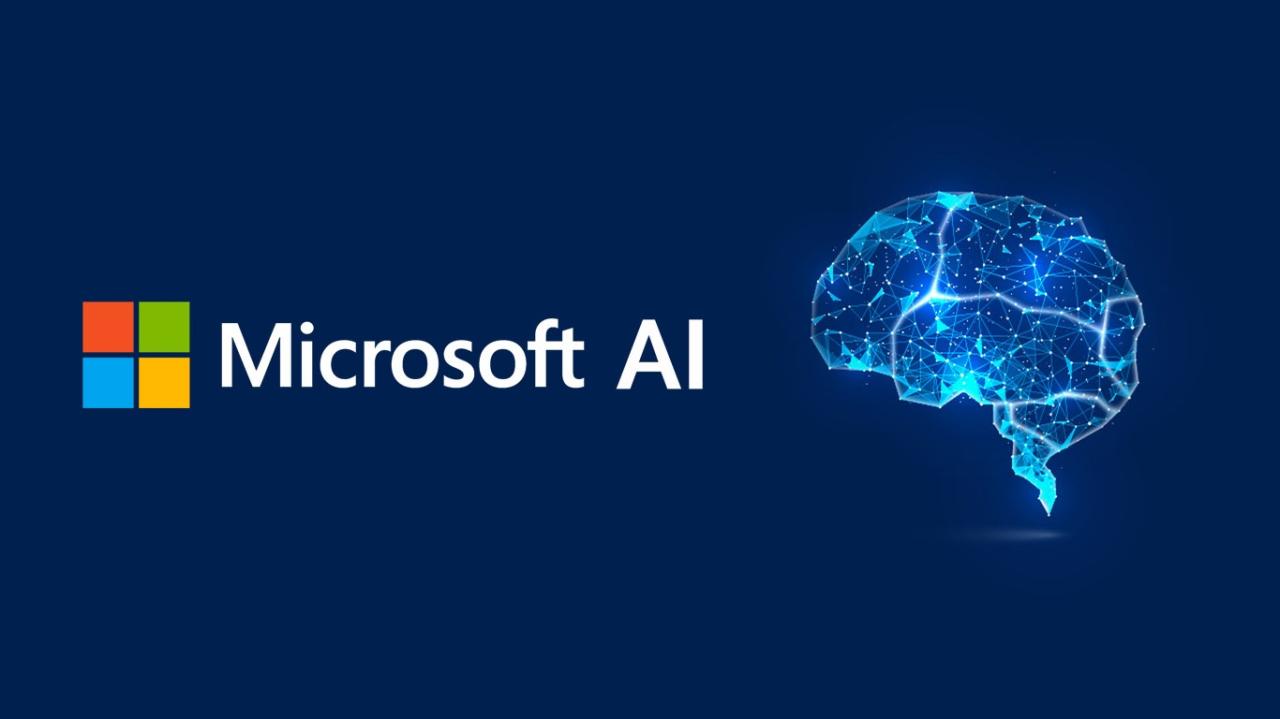
Key Features:
- Integrated AI features like computer vision, speech recognition, and language translation.
- Smooth integration with Microsoft services and cloud infrastructure.
- Scalable machine learning options that can be deployed.
Microsoft Azure remains a leading option for businesses wanting to scale AI solutions and incorporate them into existing workflows.
5. Hugging Face: Open-Source NLP Models
When it relates to Natural Language Processing (NLP), the platform of Hugging Face takes center stage. It’s used for its popular transformer models, including BERT, GPT, and T5, being extensively applied across language translation, text classification, and sentiment analysis. The platform of Hugging Face Hub supports AI practitioners by enabling them to share and deploy pre-trained models, thereby fostering NLP development and research at a faster rate.

Key Features:
- Pre-trained models for various NLP activities.
- Open-source community for mutual model sharing and collaboration.
- Easy-to-use interface for model deployment.
Hugging Face is a blessing for anyone doing language-based AI projects, whether in business, research, or personal projects.
6. DataRobot: Automated Machine Learning
If enterprises and data scientists are looking for automated functionality, DataRobot offers an enterprise-grade automated machine learning (AutoML) platform. Using DataRobot, organizations can build high-quality AI models without requiring extensive data science know-how. It simplifies data preparation, model selection, and deployment.
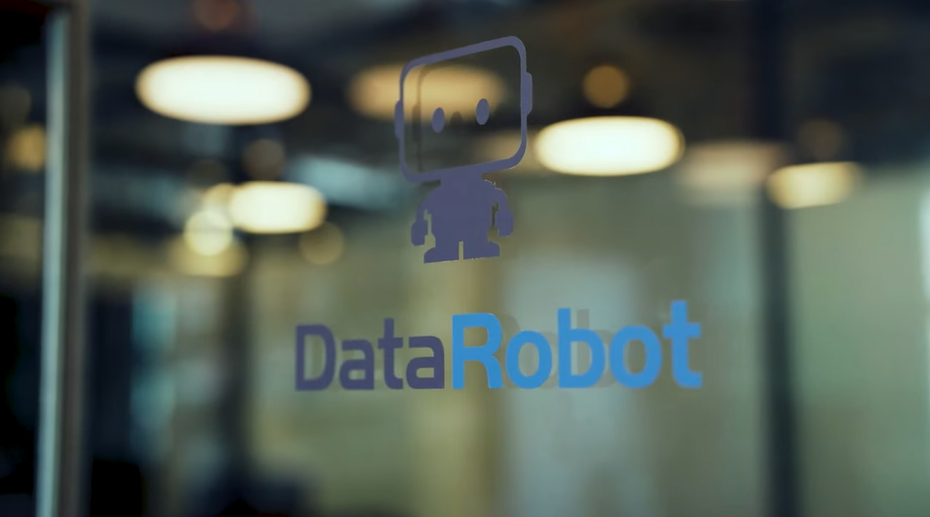
Key Features:
- End-to-end automation of model building and deployment.
- Support for processing large data and intricate models.
- Predictive analytics for data-driven decision-making.
DataRobot is most appropriate for organizations that need AI solutions deployable within a short period with minimal human intervention.
7. Runway ML: AI for Creatives
With technology more deeply entwined with creativity, Runway ML makes creative professionals available a range of AI tools for editing video, making images, and designing art. Runway ML makes it possible for creators to access the power of machine learning without having to write code first.

Key Features:
Generative AI tools to generate images, music, and video.
Non-technical friendly interface for creators.
Integration with top creative applications like Adobe Photoshop and Premiere Pro.
Runway ML is ideal for designers, filmmakers, and artists interested in exploring AI-driven creativity.
8. DeepL: AI Translation
For global businesses or anyone who needs accurate, context-sensitive translation, DeepL is an AI translation tool that has gained immense popularity because of the natural-sounding translations. DeepL uses neural networks to create more fluent translations than other machine translation tools.

Key Features:
High-quality translations in various languages.
Context-sensitive AI-based algorithms.
Downloadable as desktop application or offered as API for integration.
DeepL’s context-aware translations make it the first choice for professional communication and global collaboration.
9. Grammarly: AI for Writing and Editing
Grammarly is a name that is very well known in every household when it comes to writing assistance. Its AI-based writing tool makes the writing clearer, concise, and grammatically correct. Whether it is an email, blog post, or research paper, Grammarly professionalizes your writing and makes it polished.

Key Features:
- Grammar and style checking with AI recommendations.
- Plagiarism check to ensure original writing.
- Tone checking to make sure the correct message is delivered.
Grammarly is an absolute necessity for marketers, writers, and businesspeople seeking to polish the quality of written content.
10. Jasper: AI Content Writing
Companies, bloggers, and marketers that require high-quality content in no time can employ Jasper, which is an AI content writing platform. Jasper utilizes the latest GPT-3 technology to produce articles, social media posts, and even ads from a couple of keywords or suggestions.
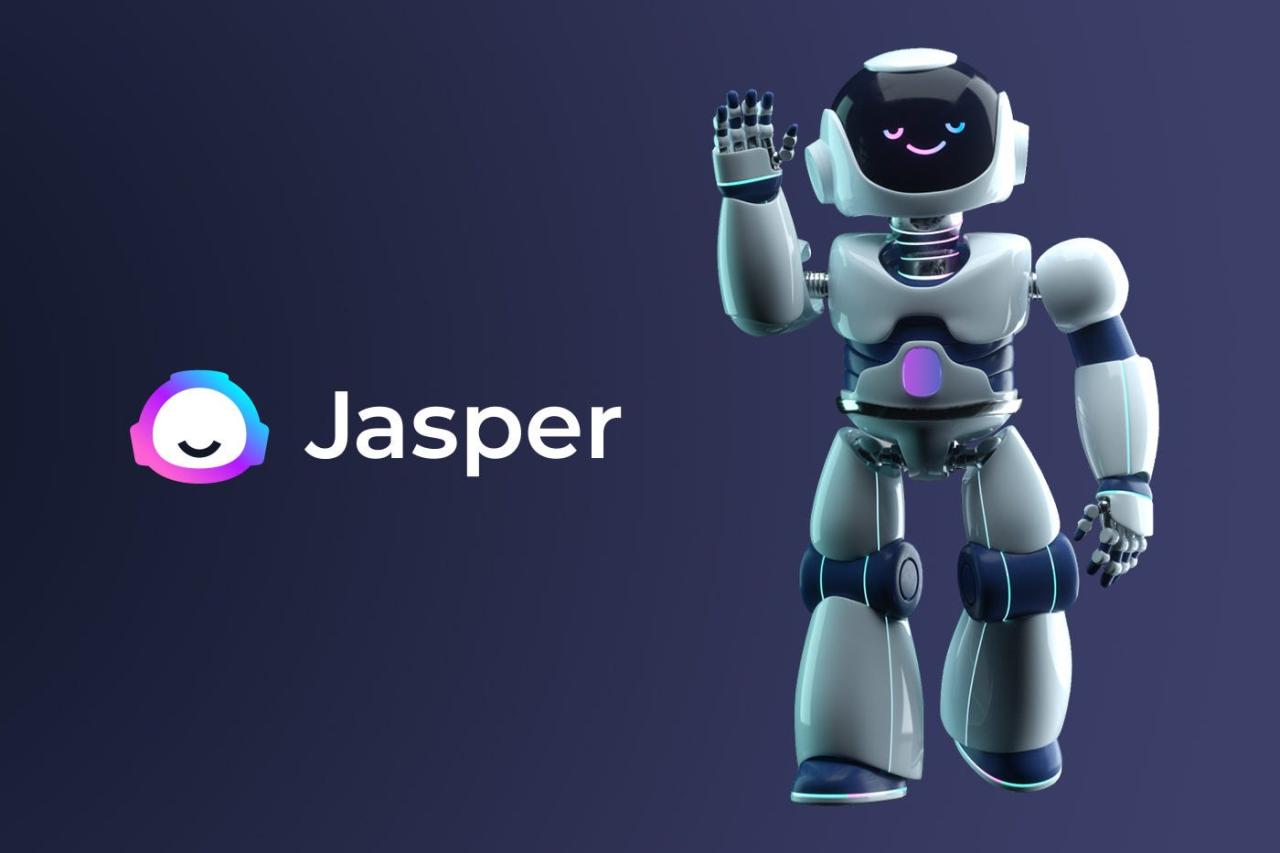
Key Features:
- Content composition quickly for blogging, ads, and social media.
- SEO optimized content features that get the writing to rank.
- Adjustable content writing tones and writing styles.
Jasper is a must-use tool for blog writers who aim to boost the amount of output and streamline writing processes.
Embracing the Future of AI
By 2025, AI tools and platforms are not just transforming industries—they’re transforming the way we work, live, and engage. From machine learning and natural language processing to creative tasks and business uses, AI is transforming further, and with it come endless opportunities for innovation and productivity.
In order to remain competitive and realize the full potential of AI, companies and individuals must learn to use these leading-edge tools. The prospects for AI are exciting, and 2025 will see even more revolutionary technologies that will continue to reshape our lives.

